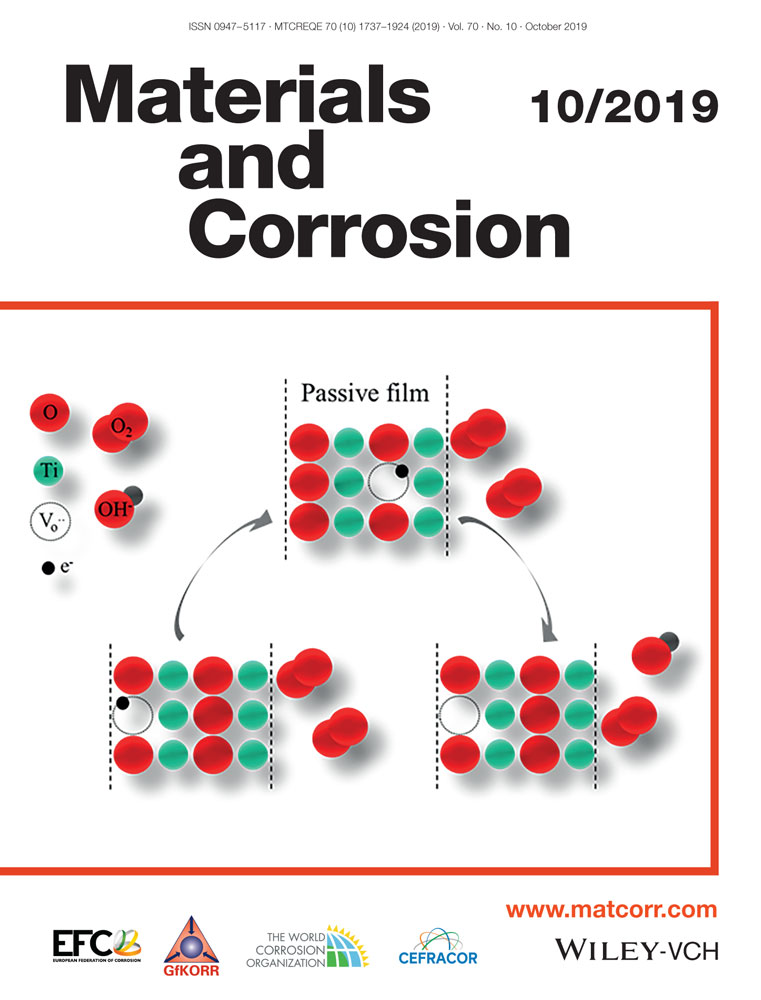Characterization of corrosion morphologies from deteriorated underground cast iron water pipes
Abstract
Following the completion of the Advanced Condition Assessment and Pipe Failure Prediction project in Australia, it has emerged that cast iron pipes normally experience corrosion damages extending over the large spatial area that resemble a patch, and structural failures are commonly associated with these patches. In this study, we defined a corrosion patch as a cluster of individual defects within or less than the one-wall-thickness distance of each other and conducted a morphometric study on patches from several deteriorated cast iron pipes. It was found that the size parameters, viz., the patch length, width, area, and volume potentially attain steady-state progression over long-term deterioration and are consistent with current understanding in underground corrosion. The rectangularity, convex deficiency, and solidity shape parameters were found to be related to each other and could be described by power-law functions. Moreover, the analysis of two-dimensional (D2D) and three dimensional (D3D) fractal dimension parameters revealed that they serve as useful proxies for different patch properties. In particular, the D3D revealed linear trends with the patch aspect ratio and an ability to delineate between failed and in-service pipes. It is expected that the results from this study will serve as important baseline information for future works aiming to generate and implement realistic corrosion patches for pipe structural integrity analysis.
CONFLICT OF INTERESTS
Thu authors declare that there are no conflict of interests.




